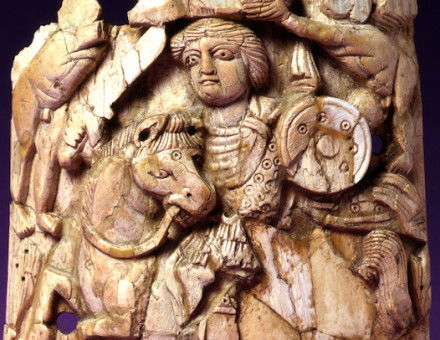The Experience of Eastern and South-Eastern Europe
Martin McCauley continues our series of articles on the Post-War Reconstruction.
In 1945 eastern and south-eastern Europe resembled a body with some limbs shattered and some almost completely intact. Bulgaria was least affected, followed by Czechoslovakia; at the other extreme were Poland and East Germany. The dominant military and political force in the region was the Soviet Union – it had liberated Poland and Czechoslovakia and had played a leading part in clearing the Germans from Yugoslavia – but Romania, Bulgaria and Hungary had supported the Nazi invasion of the USSR in June 1941 and Slovakia had sent some troops as well. It is true that Romania and Bulgaria changed sides but they were still treated as ex-enemy countries. The bureaucracy and the army survived the war almost intact in Bulgaria, Romania and Hungary but administrations had to be built from scratch in Poland, East Germany, Yugoslavia and Albania.





